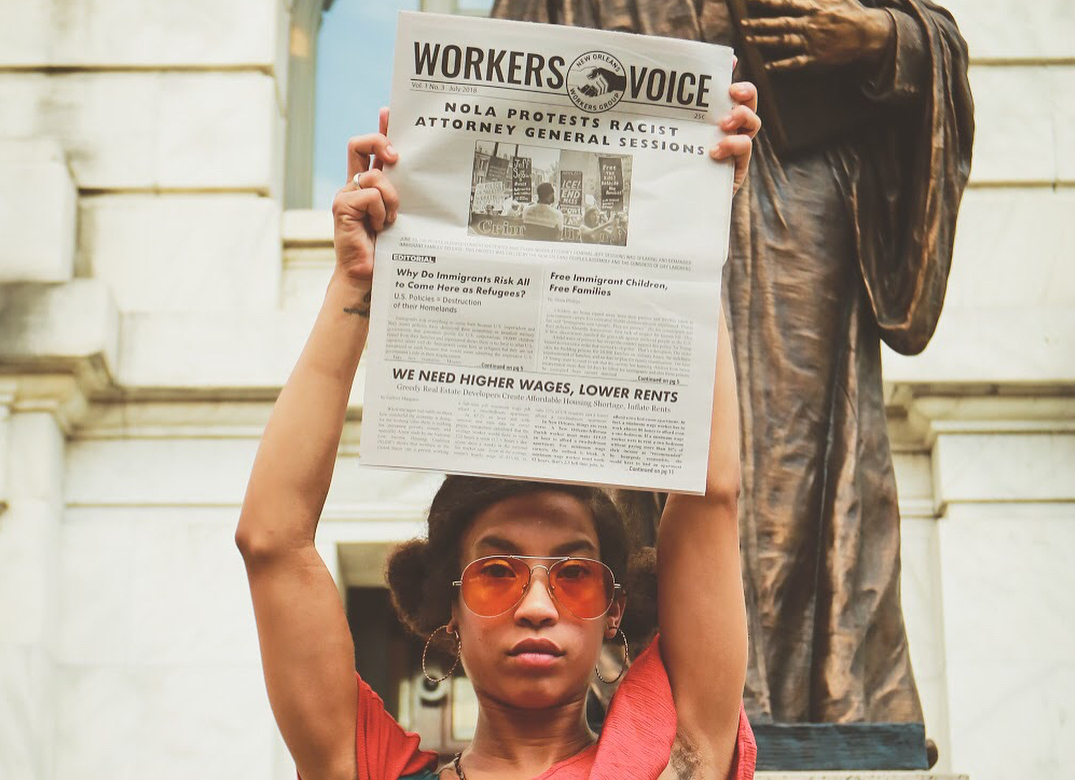By Gregory William
Infant mortality is a measure of how many children, per 1,000 live births, die in their first year of life. To lose a child is a terrible thing for a family, but this is a social problem that should concern us all. The rate is affected by all the economic, political, and social conditions that exist in a society. Truly, the infant mortality rate reflects the overall well-being of a population. If the rate is high in a place, or for a group of people, that tells us something about the conditions that people face. The United States has the highest rate among all developed countries and is 30th in the world.
Racism and Poverty Cause Infant Deaths in Louisiana, Mississippi, Alabama
Louisiana has an overall rate of 7.92. This is pretty bad, considering that Poland’s rate is 5 per 1,000. For white infants in Louisiana, the rate is 5.73. For Black infants it is 11.66. This pattern shows up again and again. Mississippi’s overall rate is an astonishing 9.08. For whites, it’s 6.91 and for Blacks, it’s 11.95. These high rates for whites reflect poverty and the even higher rates for Blacks, poverty and racism. Also terrible in Louisiana is the rate of maternal deaths during childbirth. If Alabama were a country it would be 100th in the world rating.
This is an outrage considering that U.S. politicians have long claimed that this is the best, and most prosperous country in the world. Profits may be soaring for the parasitic billionaire class, but how great can a country be when so many mothers and families experience the loss of a child due to poverty and systems of racist oppression? How many thousands of infant deaths could have been prevented if our society was organized in a different way? How many Black futures have been cut short in this way? How many children of working-class families of all races and ethnicities never got a chance in life?
The Cuban Difference
Once again, socialist Cuba shows that it does not have to be this way. Cuba is a formerly-colonized Caribbean country under a U.S. economic embargo since 1962. When the revolutionaries came to power in 1959, the infant mortality rate exceeded 60 per 1,000. In 2018, it is 3.963!
How has a tiny island nation achieved so much with limited resources? Cuban society is organized on a radically different basis from that of the United States. Cuba has made huge strides in eliminating systemic racism. With the socialist system, the Cuban people have access to world-class free medical care. Cuba’s Family Doctor and Nurse Program has 10,869 offices across the country, which is only 760 miles long and 55 miles wide!
In the United States, the wealth generated by the working class is hoarded by the capitalist ruling class, with only a fraction of it coming back to the people in terms of wages or social programs. In Cuba, by contrast, the wealth generated by the workers is used to benefit the workers themselves, whether it be through universal education, housing, or health care. Cuba doesn’t have homelessness. Just think. In Cuba, mothers can afford housing or medical care or lose their jobs if they are pregnant and day care centers are plentiful…
If the Cuban people have achieved these things through revolution and struggle, there is no reason that we can’t achieve them here, too. It is, of course, up to us to organize to overthrow capitalism and white supremacy. The ruling class will not give us the kinds of social advances brought about by the Cuban and other socialist revolutions.
